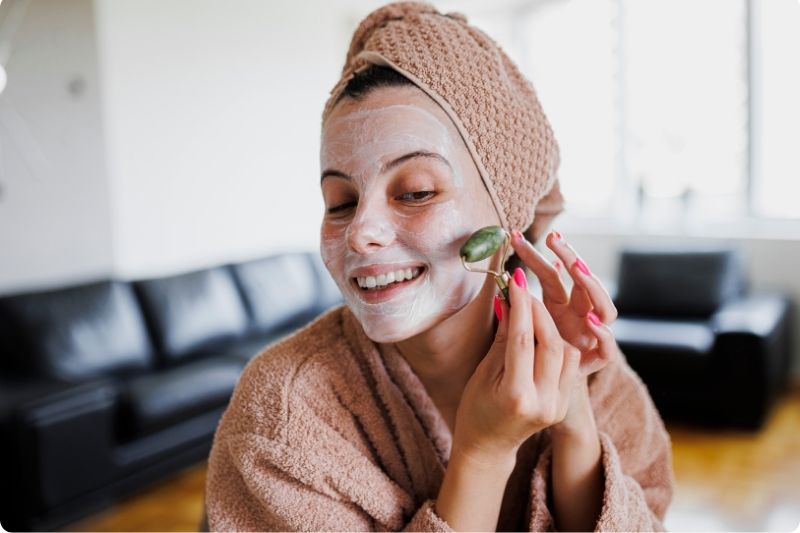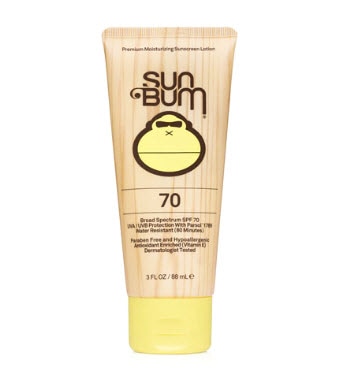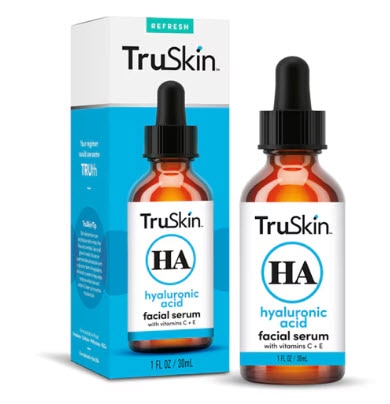Trends popularized by Gen Z have taken the skin care industry by storm. This generation has offered exciting possibilities for improving skin health, from effective viral hacks to must-have products. However, not all techniques live up to the hype. Discover the best and worst skin care trends of 2024.
![Gen Z Skincare Trends]() Gen Z and their growing obsession over skin care
Gen Z and their growing obsession over skin care
Gen Z is tech-savvy and vocal about their beliefs, making them the newest trendsetters in the skin care industry. They spend an average of $2,000 yearly on beauty products, second only to millennials. One reason behind their beauty spending is social media. Instagram, YouTube and TikTok are treasure troves for beauty brands and influencers who affect Gen Z purchase decisions.
These platforms contain product reviews, tutorials and challenges designed to attract young customers. Constant exposure to these contents has led to the birth of skin care trends — both good and bad.
The best Gen Z skin care trends of 2024
Various effective skin care practices emerged this year — even dermatologists who are content creators approve of them. Check out these trends that are worth your time and money.
1. Hypochlorous acid
If you’re on SkinTok, you’ve probably seen the viral Tower 28 facial mist, which contains one ingredient besides water and salt — hypochlorous acid. This ingredient helps fight bacteria, viral and fungal microorganisms, making it an effective topical antiseptic agent. It sanitizes skin from pollution and bacteria that can cause breakouts and help speed up the healing process.
The hype surrounding this product garnered the attention of many, including Gen Zers. Because this facial mist contains simple ingredients, it can be used by people with sensitive skin. You can use it after cleansing your face. Let it dry completely before applying other skin care products.
2. Skin care-makeup hybrids
Concealer serums, anti-aging lipsticks and tinted moisturizers have become significant trends this year. The concept involves infusing active ingredients into makeup formulas to nourish and enhance skin appearance.
One of the benefits of these products is their time-saving aspect. In this era of minimalism and moderate consumption, they provide a simplified routine. Ask your dermatologist for any routine changes if you’re currently dealing with skin problems. Sometimes, using well-formulated skincare products and then layering makeup on top is better.
3. Skin flooding
As its name suggests, skin flooding involves layering hydrating products onto damp skin to achieve a smoother complexion. It’s a routine to achieve “glass skin” — a trend that originated in South Korea that aims to make skin appear poreless and translucent.
Instead of following the famous Korean 10-step skin care routine, skin flooding involves cleansing, spritzing on a mist, applying hydrating serums and moisturizing the skin. Start with products with a thinner consistency, and then finish with the thickest one.
Skin flooding is ideal for dry skin, but can be practiced by people with all skin types. It’s also a good technique for people with combination skin who need extra hydration on dry spots. Since hydration is the primary goal, opt for ingredients that help lock in moisture, like a hyaluronic acid serum. This product helps balance moisture and neutralize free radicals that may cause premature skin aging.
4. Skinimalism
Gen Z is now aware that more doesn’t always mean better. Enter the rise of skinimalism — short for skin minimalism. This approach is about using simple ingredients and reducing skin care products to the necessities, helping people save money and reduce exposure to harmful chemicals.
There’s a growing discussion on TikTok about “forever chemicals,” which can be found in cosmetics and personal care products. Also known as PFAS, these are synthetic compounds associated with health problems, including reproductive issues, reduced fertility and hormonal imbalance. Reducing your skin care products can help you maintain healthy skin and body.
This movement also contributes to sustainability by embracing eco-friendly products with all-natural ingredients and reusable containers. For instance, use sunscreen free of harmful chemicals like parabens and phthalates to prevent sun damage and protect the environment.
The worst Gen Z skin care trends of 2024
These trends promise flawless skin but might be doing more harm than good. Dive into the popular fads to avoid.
1. Sunscreen contouring
This trend promotes a strategic placement of sunscreen to create natural tan lines to contour the face and other body parts. A product with low SPF is applied to areas where you typically apply bronzer, allowing these parts to tan. Then, a sunscreen with a higher SPF is applied to the highest points of the face, leaving them lighter than the rest. The result is a naturally contoured complexion, removing the need for makeup.
According to board-certified dermatologist Jeannette Graf, MD, via Allure, this method may damage the skin, especially if sunscreen is not applied to areas you want to tan. It also promotes the misconception that tan skin helps prevent sunburns.
2. DIY sun protection
You’ve probably seen influencers create sunscreens at home. While this sounds cost-effective, many experts disapprove of it. London-based dermatologist Dr. Aamna Adel told Time that homemade sunscreens can’t provide appropriate sun protection, even if they contain zinc oxide.
Creating essential skin care products like this requires stringent requirements. For your skin safety, opt for a product that provides UVA/UVB protection and is parabens-free.
3. Skin smoothies
Skin smoothies involve mixing several skin care products to apply to your skin simultaneously. It allows you to play around with different ingredients, which can make or break your skin barrier. People can experience various skin reactions depending on their skin type. For instance, a wrong combination can clog your pores, which may lead to breakouts.
With so many things to consider, it’s better to avoid this trend and stick to a routine that already works for you.
4. Rubbing garlic on the face
If you closely follow TikTok trends, chances are you’ve seen posts where people run their faces with garlic cloves. These influencers may claim its anti-acne benefits, but dermatologists say otherwise. According to Dr. Ketaki Bhate via Vogue, this technique could cause irritation or chemical burns, resulting in post-inflammatory marks.
Make it part of your balanced diet instead of rubbing garlic on your face. It’s rich in vitamins C and B6, selenium and manganese, which can provide anti-inflammatory and antimicrobial benefits.
Take care of your skin
Just because a hack goes viral doesn’t mean you should try it. It’s always important to approach trends with caution. While they’re all tempting to try, it’s essential to prioritize your skin’s safety and consult your dermatologist.




